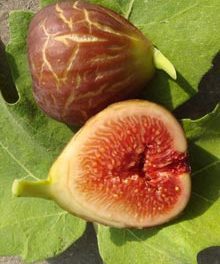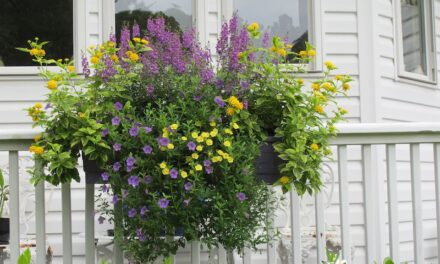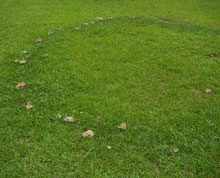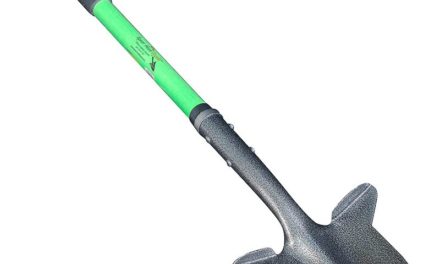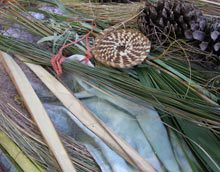 Nature presents such diversity of plants. Leaves, stems, flowers, and roots differ throughout the plant kingdom. Groups of plants are associated by families, and plant taxonomists study plant parts to identify and to classify them. The rose family usually has flowers with 5 petals, while grass, rushes, and sedges commonly have plant parts in threes. Many of the native grasses found throughout our area are good landscape and ornamental plants. Of course many people know of grass as a “lawn,” and spend many happy hours mowing, weeding, feeding and watering it to have that picture perfect turf. Others may use rye grass to stabilize a bank or as a cover crop after the summer garden is harvested. The most common turf grasses in Coastal South Carolina are Bermuda, Centipede and St. Augustine. All three are drought tolerant, but usually need about 1” of water a week to look good. That can mean higher water bills in the summer if rain isn’t plentiful. Bermuda hybrids are used for sports fields and golf courses; they are able to take foot traffic and need a higher level of maintenance to look really good. Mowing, fertilizing and watering are all important to achieve that carpet of green.
Nature presents such diversity of plants. Leaves, stems, flowers, and roots differ throughout the plant kingdom. Groups of plants are associated by families, and plant taxonomists study plant parts to identify and to classify them. The rose family usually has flowers with 5 petals, while grass, rushes, and sedges commonly have plant parts in threes. Many of the native grasses found throughout our area are good landscape and ornamental plants. Of course many people know of grass as a “lawn,” and spend many happy hours mowing, weeding, feeding and watering it to have that picture perfect turf. Others may use rye grass to stabilize a bank or as a cover crop after the summer garden is harvested. The most common turf grasses in Coastal South Carolina are Bermuda, Centipede and St. Augustine. All three are drought tolerant, but usually need about 1” of water a week to look good. That can mean higher water bills in the summer if rain isn’t plentiful. Bermuda hybrids are used for sports fields and golf courses; they are able to take foot traffic and need a higher level of maintenance to look really good. Mowing, fertilizing and watering are all important to achieve that carpet of green.
I want to share some not so common grasses and grass-like plants that can also be used for low maintenance, soil stabilization and beauty. Rushes, as a group, like moist soils, and can be used in low lying areas of the yard. Since lots of the Lowcountry is wetland and may have soils that don’t drain well, it may be easier to use plants that suit the site than to change the grade or install drains. There is a saying: “rushes are round and sedges have edges.” Juncus effusus is one of the soft rushes. It grows in clumps of dark green upright stems, which can grow about 3 feet tall. It has a shorter version J. effusus ‘Spiralis’ Spiral or Corkscrew Rush which grows to about 16-20 inches and has unusual twisted evergreen stems. Both of them enjoy wet soils. Where the water is brackish or salty the Black Needle Rush, J. roemerianus is found. This is one of the native plants used in the sewing of baskets. The rushes are found growing near Muhleygrass or sweet grass the other grass used in coil baskets. Muhlenbergia filipes grows beautifully in gardens and parking lots. It is one of the most drought tolerant and easy to grow plant found in our garden centers.
Another ornamental grass that won’t take over the neighborhood is called sweet flag or Acorus gramineus. The mounding foliage is narrow, and there is a green form and a gold or variegated form. The plants clump and don’t get very tall -only about 8”, and the flower is a spathe. River oats or fish-on-a pole are two common names of a neat clumping grass that is found along riverbanks and stream banks and can be used in dried floral arrangements. Two other genera of grasses native to the southeast are Spartina and Tripsacum, cord grass and Falkahatchee grass. These are grown by native plant nurseries and larger plant growers and both should be commercially available.
Read more How Does Your Garden Grow

